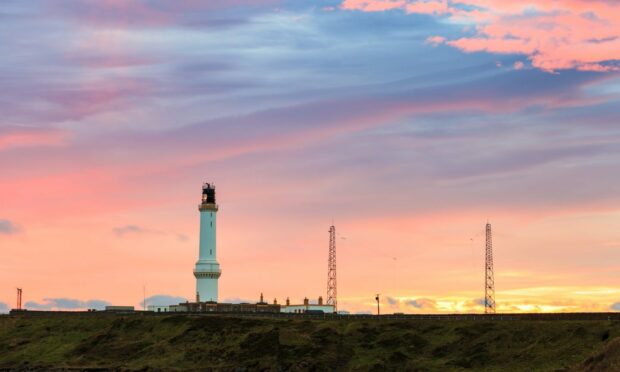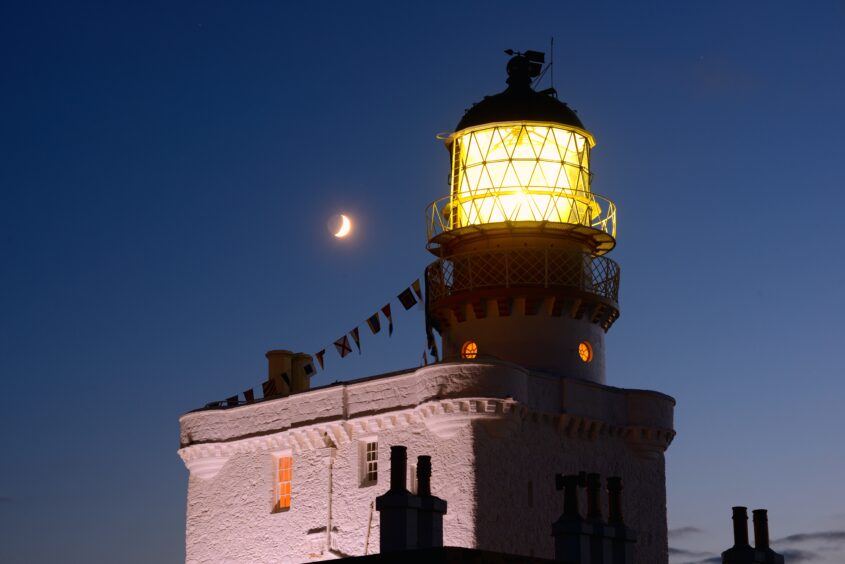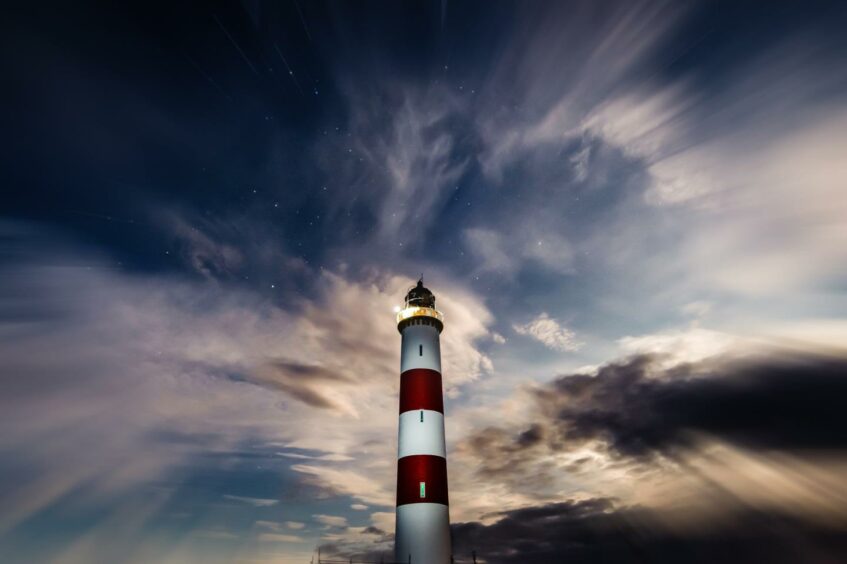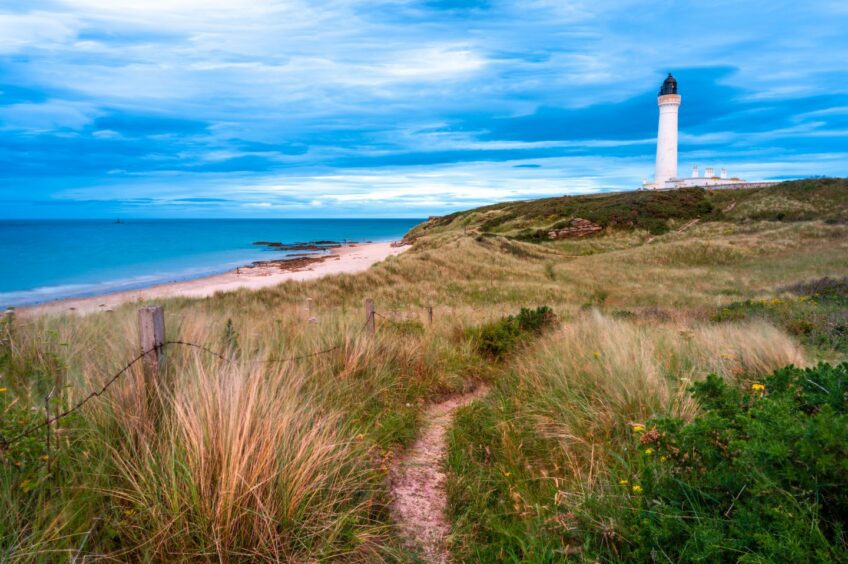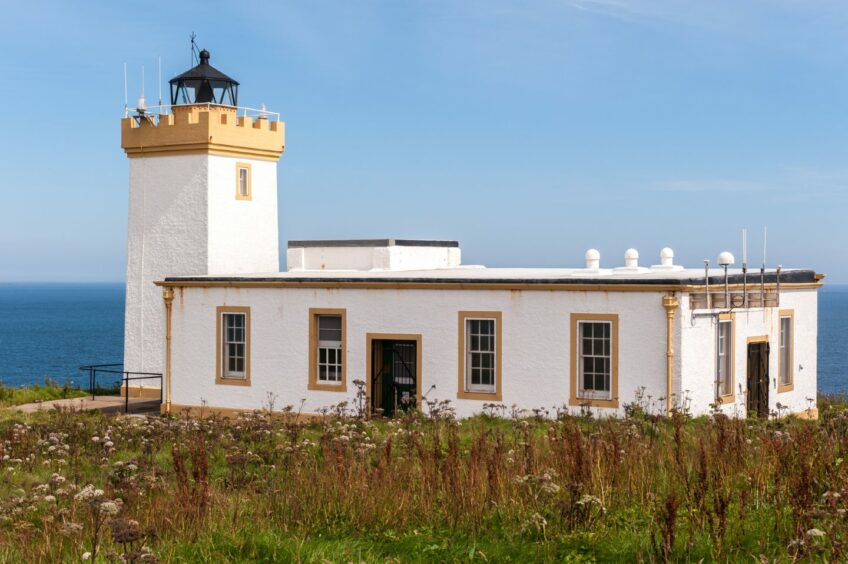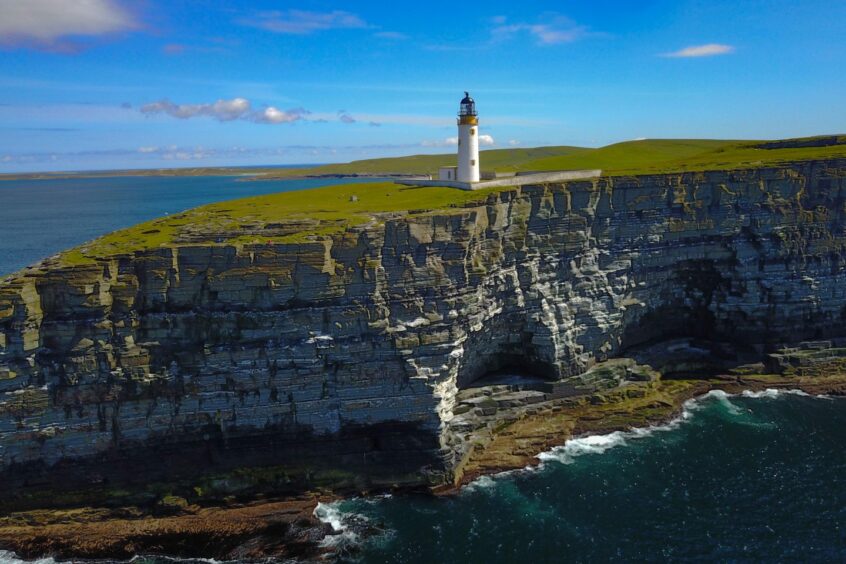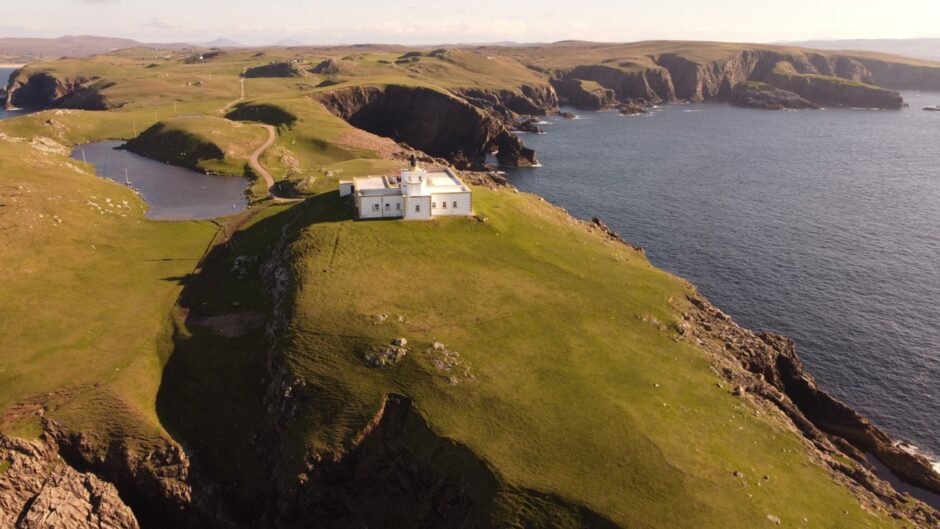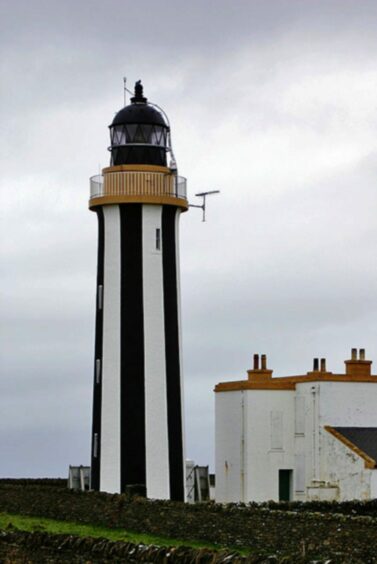There are 200 lighthouses across the coast of Scotland, and the north and north-east provides a stunning backdrop for many of them, with fascinating histories.
While not all of the country’s lighthouses can be accessed, some can be toured, while others have a museum or heritage centre attached.
Dunnet Head Lighthouse, Caithness
The lighthouse, which was, like several of Scotland’s lighthouses, built by famed engineer Robert Stevenson in 1831, sits atop 300ft cliffs and can be reached via a single track road across the heather moor.
This is a prime vantage point for whale and dolphin watching. From the keeper’s cottage, visitors can explore miles of uninhabited moorland; or watch the birds (in season) nest upon the cliffs.
Kinnaird Head Lighthouse, Fraserburgh
Two lighthouses can be located at Kinnaird Head. One is a restoration of a 16th century castle once home to the Fraser family; the other is a modern replacement built in 1991.
The original lighthouse is now part of the Museum of Scottish Lighthouses.
The castle was altered by the Northern Lighthouse Board altered the castle to house their first lighthouse in Scotland. There are three other lighthouses installed elsewhere, but Kinnaird was the first of them to be lit.
Tours lasting 45 minutes can be booked via their website.
Tarbat Ness Lighthouse, Portmahock
Tarbat Ness Lighthouse features the third tallest lighthouse tower in Scotland after North Ronaldsay and Skerryvore. It stands at 174ft and takes 203 steps to reach the top.
While you can’t go inside Tarbat Ness, the surrounding views cannot be missed and visitors might be lucky enough to spot dolphins or seals beyond the coast.
Tarbat Ness itself cannot be accessed by the public.
Covesea Lighthouse
After a storm in the Moray Firth claimed a number of vessels in 1826, members of the public voiced their demands to have a beacon put in place.
Now, the lighthouse, on the outskirts of Lossiemouth, is a popular attraction for tourists and locals. Depending on weather, it is open for tours on Saturdays at 11am and 12pm until October.
This should be booked in advance via: 01343 810664, or info@covesealighthouse.co.uk
Buchan Ness Lighthouse
Buchan Ness Lighthouse was built in 1823 and operated through lantern power for more than a century. In 1978, it did convert to electricity before eventually, power became automated in 1988.
Parts of the building and lantern panes were left damaged during the Second World War when a mine washed ashore and exploded nearby. It has since gone on to become a hotspot for tourists coming out to visit Peterhead.
The lighthouse keepers cottages can be booked via their website, or contact +44 (0)1779 470476 for more information.
Duncansby Head Lighthouse, Caithness
Anyone planning on travelling across the NC500 in the coming months should take the opportunity to head out to Duncansby Head.
This is considered to be the most northeasterly part of mainland Britain and is just to the north-east of John O’Groats. The lighthouse was built in 1924 and became automated in 1997.
Although it’s not possible to go inside the lighthouse, the surrounding area provides some stunning views.
Waternish Lighthouse, Skye
Otherwise known as Vaternish, this lighthouse was opened in 1924 and was automated in 1980. The structure is made up of concrete with an aluminium lighthouse. Solar panels were later installed to the lighthouse.
There aren’t any current tours of Waternish. However Waternish Point itself gives some spectacular views over the Minch and great for whale and dolphin spotting.
Noup Head Lighthouse, Westray
This lighthouse stands at around 80 metres above the sea and offers a fantastic view overlooking the Atlantic Ocean. It was originally built in 1898, around six decades before it converted to automatic and then to wind and solar power in 2000.
There are no current tours planned.
Girdle Ness Lighthouse, Aberdeen
Girdle Ness Lighthouse was first established in 1833 and is still a valuable asset to Aberdeen Harbour.
Over the years, it has garnered wide interest from residents and tourists, who can now stay in the Lighthouse Keeper’s cottage. There are a number of activities to keep guests occupied nearby, including coastal walks and dolphin watch, as well as being located close to the city centre.
There is no public access to the interior.
Strathy Point Lighthouse, Sutherland
Strathy Point Lighthouse is barely a century old having been completed in 1958. It was noted for its peculiar design – a hollow square with passageways covered. This was one of the last the traditionally manned lighthouses to be built in Scotland as well as being the first Scotland-based lighthouse to have been created as an all-electric station.
It was eventually discontinued in 2012 but can still be viewed by the public.
Start Point Lighthouse, Sanday, Orkney
Originally, an unlit masonry tower was to mark a beacon at Start Point; however, when shipwrecks continued to rise, it was deemed inadequate. Work then began on constructing a new lighthouse, which still stands to this day.
The Start Point Lighthouse is uniquely branded with recognisable black and white stripes. It is the only lighthouse in Scotland to have been painted this way. This is in addition to being Scotland’s first lighthouse with a revolving light.
Start Point is available for tours.
Hoy High Lighthouse, Orkney Isles
Hoy High Lighthouse can be found on the isle of Graemsay. It was built in 1851 and stands at 108ft high. There is an accompanying keepers cottage situated nearby; however, this is privately owned.
